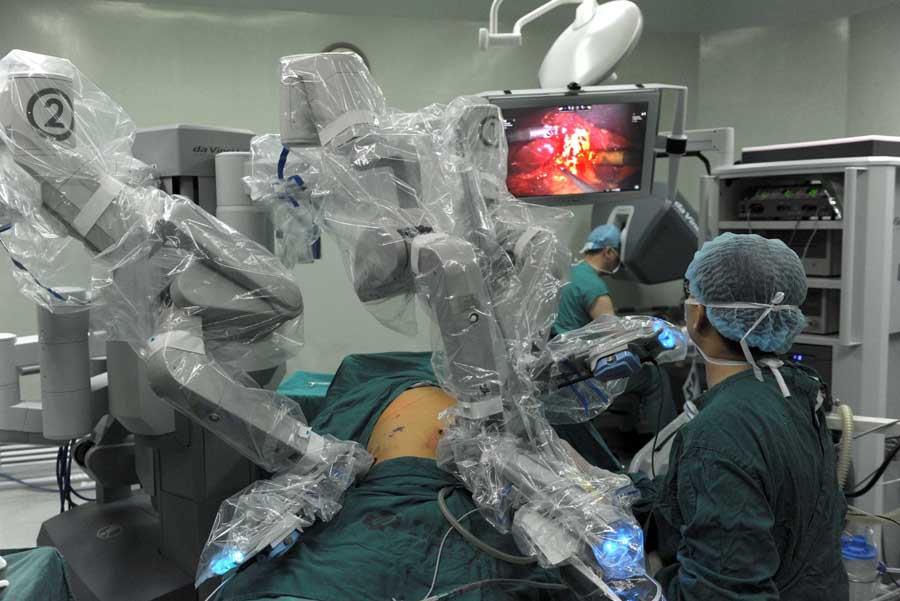
- The technology creates time for other farm duties
- Collects vital data about the animals
- Boosts the number of gallons of milk being produced because cows get milked when and as often as they want, though it doesn’t affect consumer milk prices.
The reason robots might make sense for many small- and medium-sized farms in the Northeast is because of the challenge of finding reliable workers and outdated infrastructure that makes the operations inefficient, said Richard Kersbergen with the University of Maine Extension.
Jennifer and Jesse Lambert took out seven-year loans for about $380,000 last year to install two robots and retrofit a barn at their organic dairy farm in Graniteville. They were looking for a more consistent way to milk their cows, more time to spend with their newborn son and more money in their pockets. They’re saving $60,000 a year that used to go to paying one full-time and one part-time employee and their cows are producing 20 percent more milk.
“No one wants to milk cows,” Jennifer Lambert said. “Even when we had employees the last thing they wanted to do was milk cows, you know, and they especially didn’t want to do it on the weekend.”
Ron Lawfer’s cows also have produced about 20 percent more milk since two robots were installed in December 2014.

 Last April
Last April 












 AI could help WHO
AI could help WHO







 “If AI is going to threaten humanity, it’s going to be through the fact that it does almost everything better than almost anyone.”
“If AI is going to threaten humanity, it’s going to be through the fact that it does almost everything better than almost anyone.”











